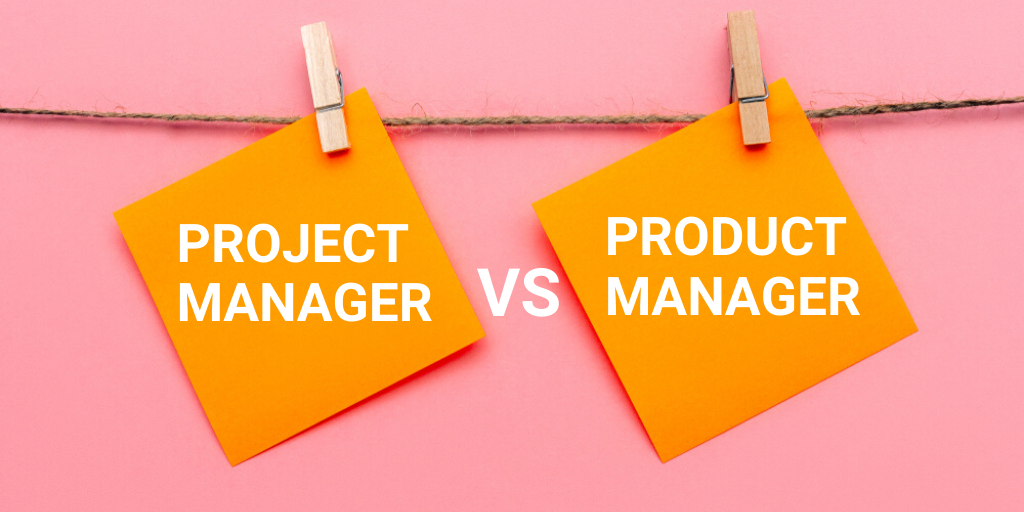

By communicating with stakeholders and doing research they are responsible for setting a clear path for the Scrum Team.Ģ – Creating and prioritizing the Product Backlog items. It is up to the Product Owner to evaluate the current product and decide how it will be developed further. Here is more on the responsibilities of the Product Owner.ġ – Developing and communicating the Product Goal. Thus, the Product Manager is also responsible for analyzing the process, how previous changes improved the product and what could be changed in the future. Lastly, no plan is good if it is not implemented right. This is done based on the overall project goals and potential value each feature can bring to the customers.Ħ – Analyzing and adapting. It is up to them to decide what features should be prioritized and which should wait. As mentioned above, it is the Product Manager that curates the Product Backlog. It is up to them to evaluate what has been suggested and decide what will be added to the Product Backlog and executed.ĥ – Prioritizing.

To make sure your product grows and evolves in the right way, the Product Manager collects all ideas about possible improvements. It is also up to the Product manager to align all teams towards this goal.Ĥ – Curating suggestions. It is up to him or her to translate the strategy into a specific plan of what must be achieved and when. Another important responsibility of the Product Manager lays in planning. This is done through customer interviews, testing, and research and helps build a better product.ģ – Planning the work. Product Managers are the user’s voices in the organization and thus have to have a good grasp of what the users want. This is the primary responsibility of the Product Manager that involves coming up with the product vision, explaining the business case to the team, and aligning the budget to meet the product goals.Ģ – Understanding the user. The main responsibilities of a Product Manager are:ġ – Setting the strategy. Which gives the benefit of taking better control over large projects. The most common divisions are dedicating separate people to growth, technical, or platform product management. In large organizations, it is also common to see several product managers all dedicated to specific niches. As such, they can use their skills from the previous position to make the most optimized decisions. Many Product Managers are promoted to this role by ascending from the organization itself. In most organizations, this role has quite a lot of power in the decision-making process and thus shapes the organizational path.
Product manager vs project manager how to#
Usually, the Product Manager focuses on researching their customer needs, competitor products and setting a strategy on how to build the most beneficial product. The exact definition of this role may differ from one company to another, but it always stays focused on the final product. It is their job to bridge the gap between engineers, sales/marketing, and customers to provide a clear path on where the product should be going. A Product Manager is a person responsible for the entire product lifecycle.


 0 kommentar(er)
0 kommentar(er)
